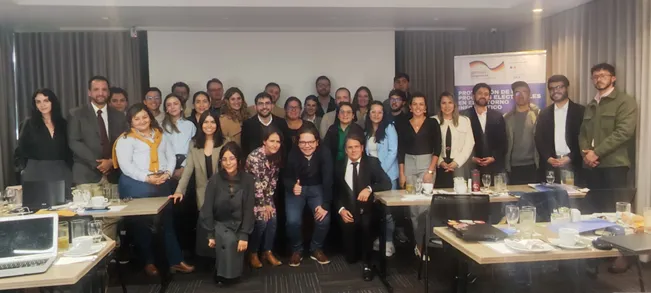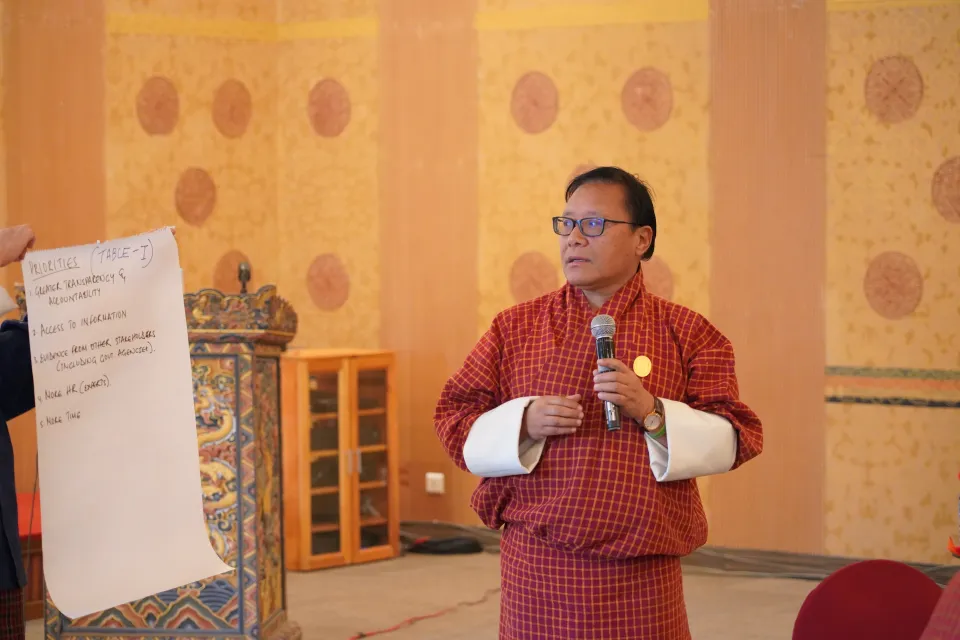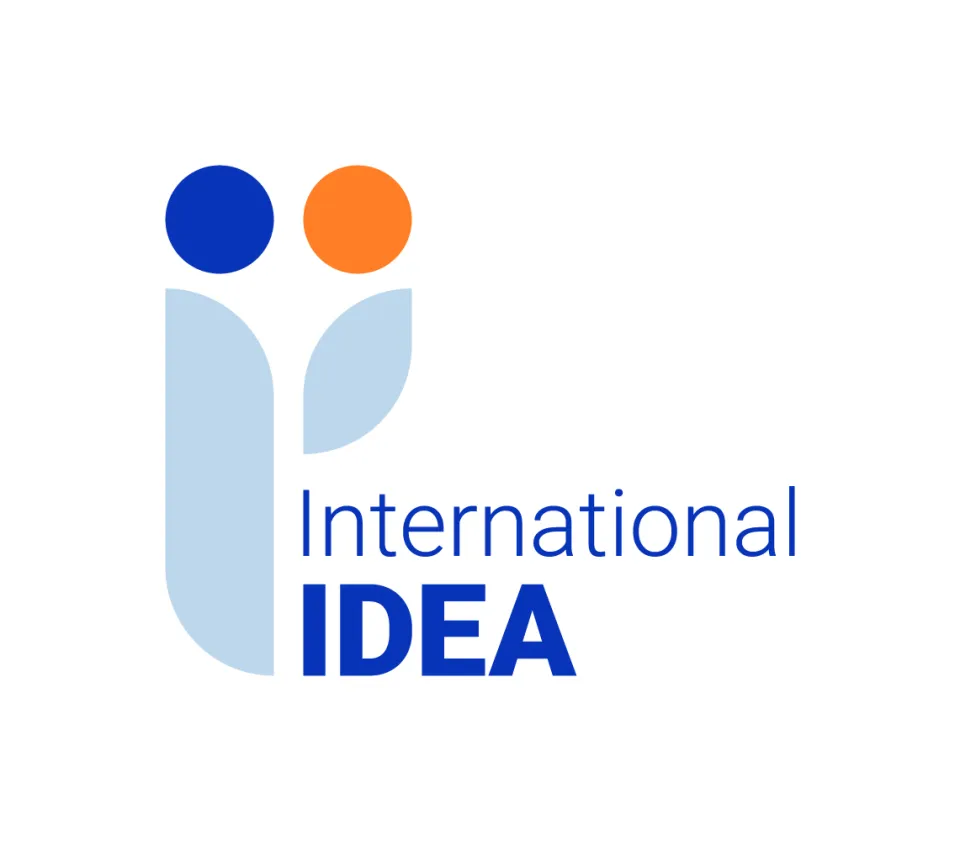Many of the world’s constitutions today include non-discrimination clauses and provisions for gender equality. In the last 20 years, an increasing number of new constitutions also include gender-specific provisions and gender-inclusive drafting styles to promote substantive equality. Even so, real gender-equality has not been achieved in any country.
To explore how constitutional principles of gender equality and non-discrimination, as well as women-specific rights related to political participation and health, are, and are not, implemented around the world, International IDEA will host a workshop on gender-responsive constitutional implementation, in Katmandu, Nepal.
The three-day event, 26-28 February, will gather experts in constitution building and stakeholders such as elected representatives, government officials, law makers, civil society organizations representing women’s rights and women’s health rights, medical professionals, among others.
“To reach gender equality the process of implementation must be engendered,” says Melanie Allen, with International IDEA’s constitution building team.
”This means paying attention not only to the gender-specific provisions of the constitution, but ensuring that the implementation of all aspects of the constitution, from areas such as security-sector reform to annual budgeting, is carried out in a manner that facilitates substantive equality.”



